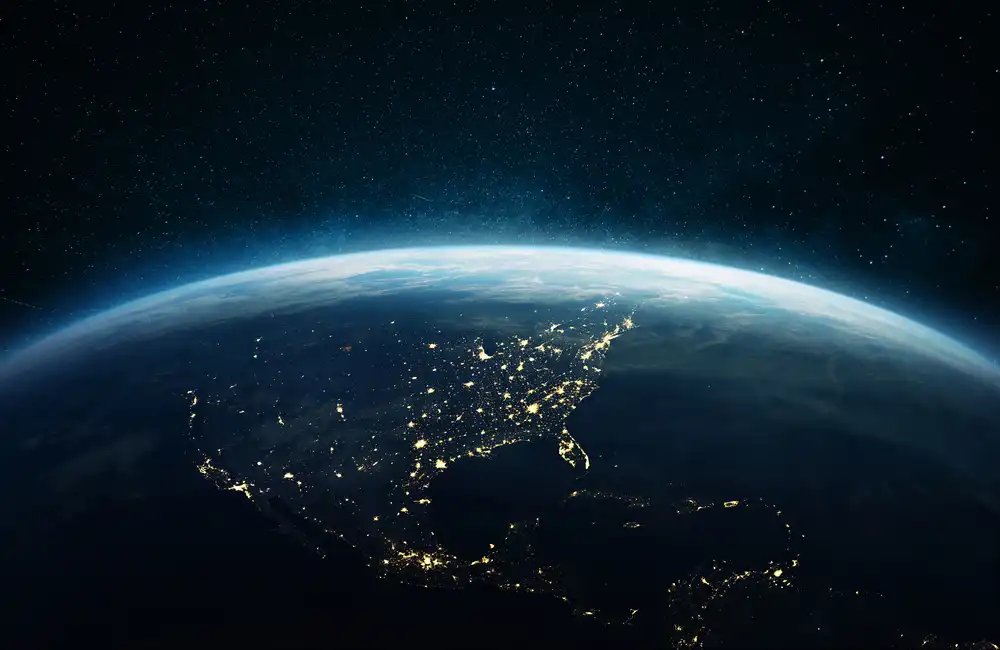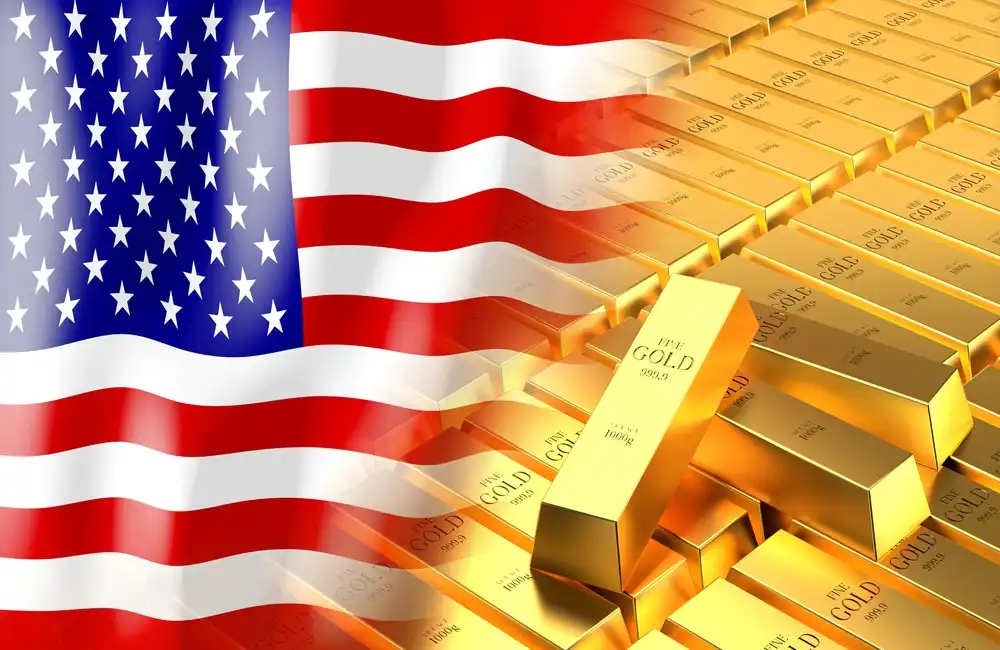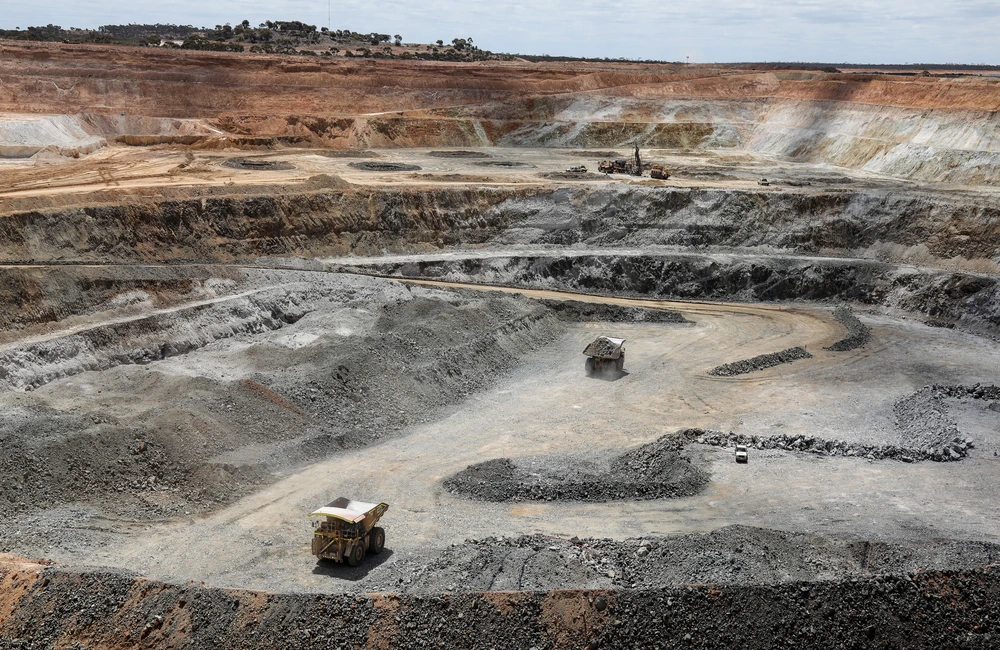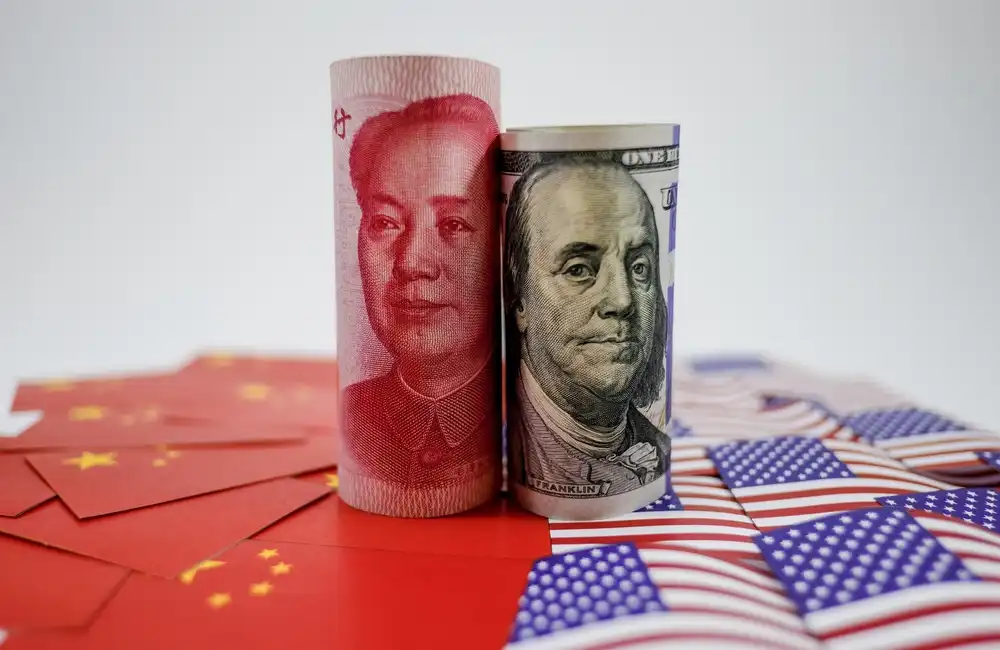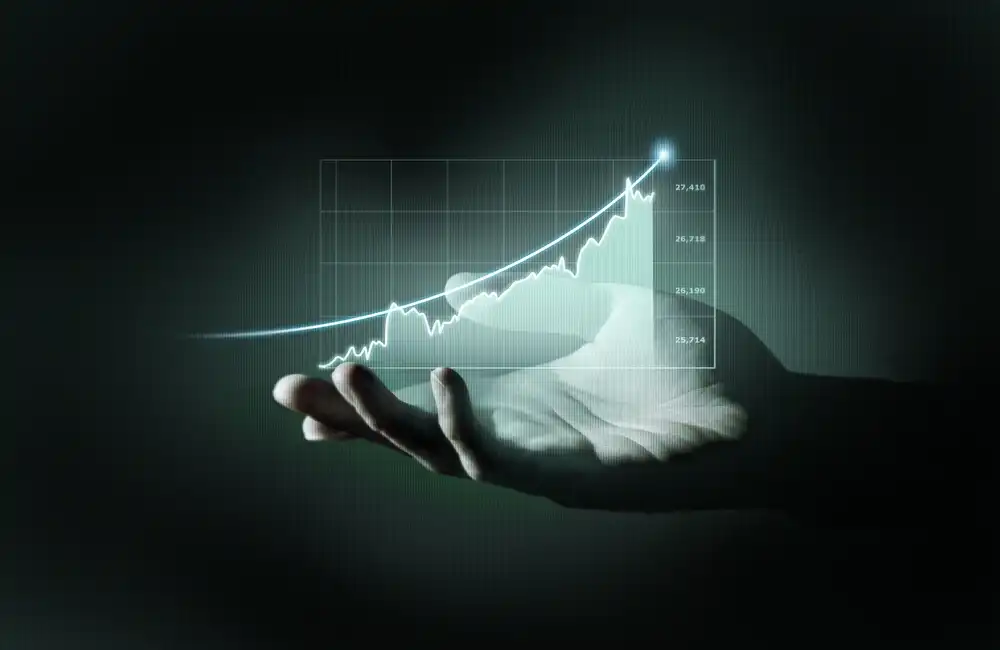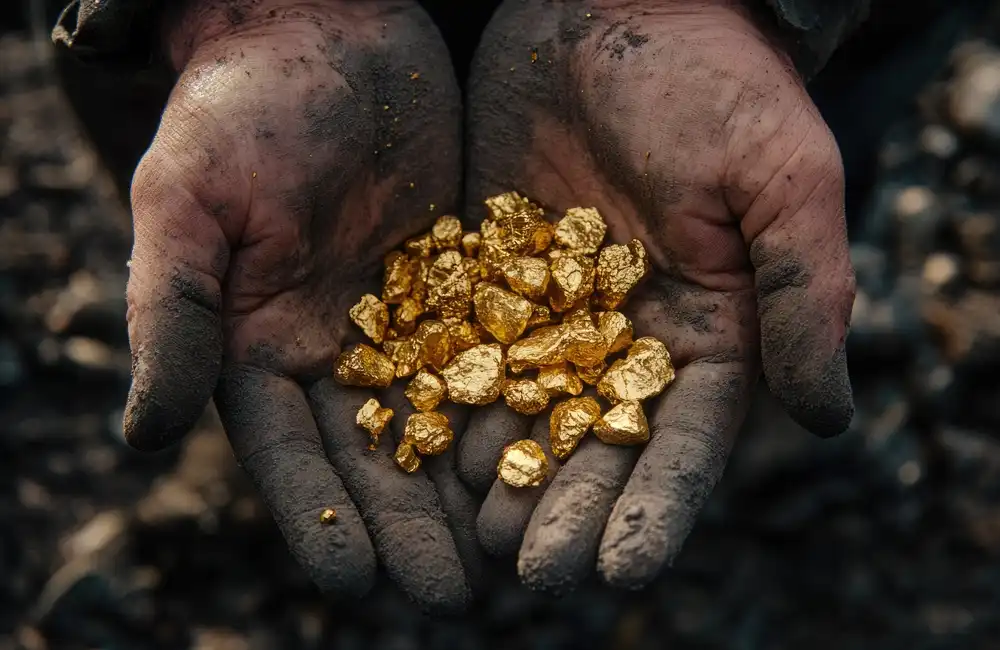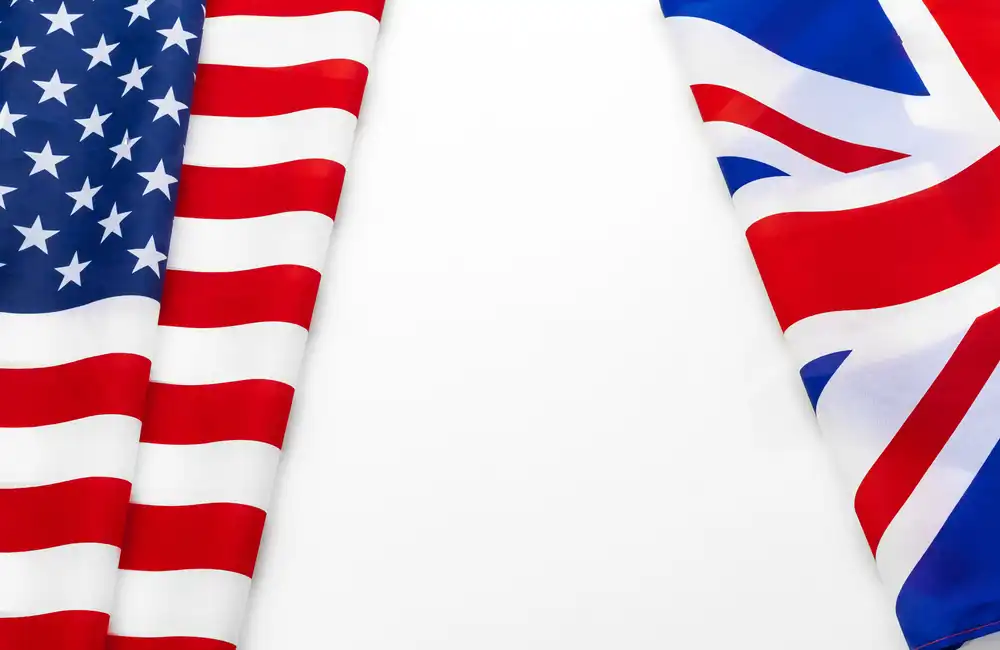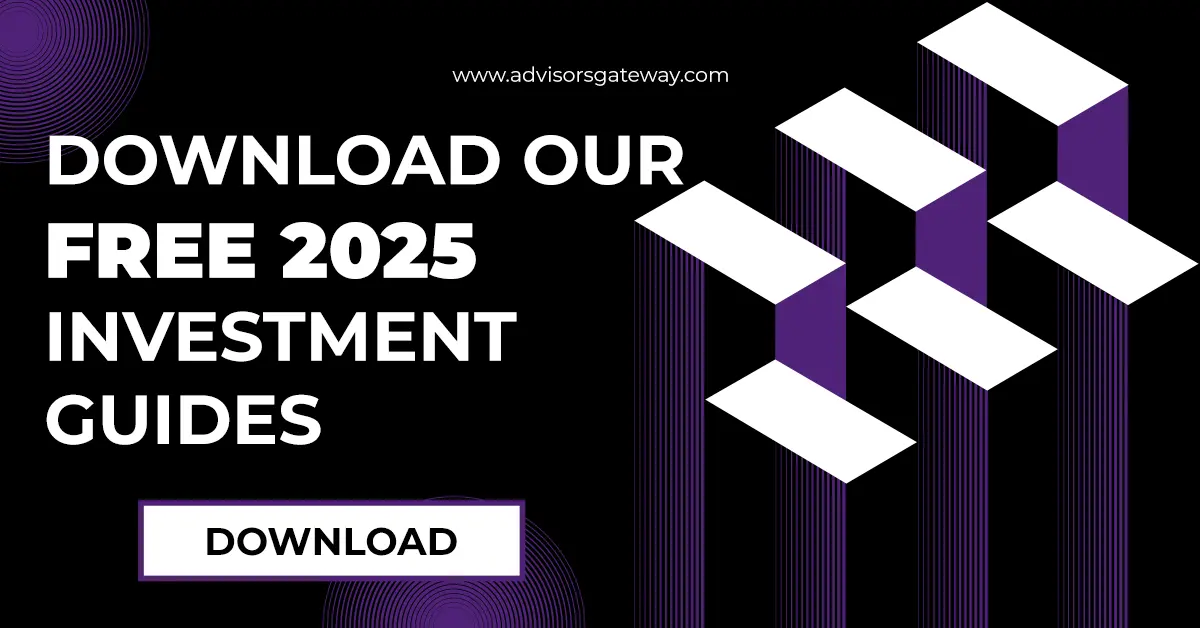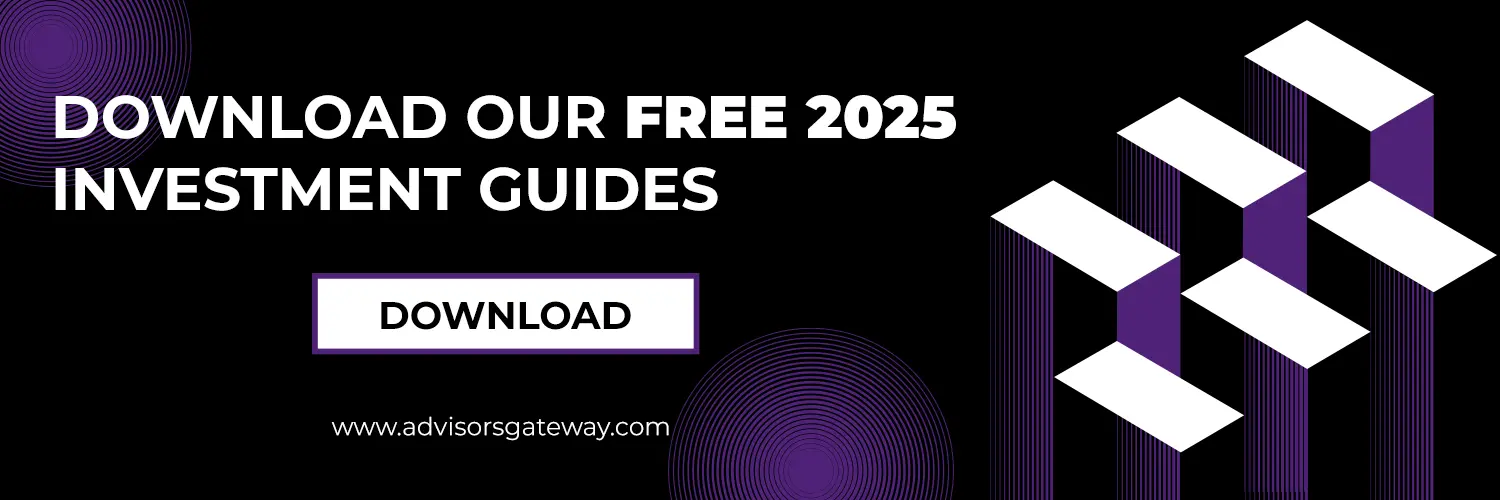China's lithium market is tightening further over 2022, with the widening demand-supply gap likely to keep domestic prices at elevated levels, according to S&P Global Platts China Battery Metals Outlook 2022.
With an expected growth of electric vehicles, in part pursuing the redoubled decarbonisation efforts, now jackhammers through battery production capacity, ensuring that Chinese lithium needs will climb even higher this year.
EV demand drives prices
In the Platts survey, 80% of respondents expect China's average battery-grade lithium carbonate prices to be higher than Yuan 250,000/mt ($39,354/mt) in 2022, a 316% increase compared with the level at the start of 2021.
At the same time, 88% of the respondents expected lithium hydroxide prices to stay above Yuan 195,000/mt in 2022, according to the survey results.
Platts also assessed lithium hydroxide battery grade at Yuan 218,000/mt DY 31, 2021, DDP China, 319.2% higher in value year on year.
Lithium chemicals prices will be solid in 2022 as demand growth significantly outstrips new supply, an international trader said.
Supply shortages for lithium carbonate and hydroxide are likely to last until at least the first half of 2022, the respondents said. But supply tightness may ease somewhat in the second half as some new capacities come online, they said.
Prices could correct in H2 as supply improves modestly and downstream consumers resist high raw materials prices. But the correction could be limited due to positive demand, said another international trader.
Market sources in China indicated a critical time for battery makers and EV producers to solidify their domestic market share. Consequently, they will probably be willing to accept higher prices over the next two-three years rather than risking a supply crunch and a disruption to production, they said.
However, a China-based consumer said that downstream demand was also likely to be capped by prices over Yuan 250,000/mt.
Overall, 83% of the market participants said that lithium iron phosphate, or LFP, batteries would repeat the trend of loading amount being higher than that of nickel manganese cobalt battery in 2022, with the respective market shares set at 60% and 40%.
The loading volume of LFP and NCM batteries reached 79.8 GWh and 74.3 GWh in 2021, surging 227.4% and 91.3% from a year ago, respectively, or 51.7% and 48.1% of the total EV loading volume in China.
Supported by strong demand from downstream consumers, 92% of the medium and large company executives surveyed said China's lithium salt production capacity plant would be higher in 2022 from previous year levels.
Such a tight supply of spodumene keeps the prices up.
Demand for lithium salts had boomed throughout 2021 as the strong supplies of upstream spodumene, the feedstock for lithium salt, have pushed up prices by more than 522% over the year.
Platts assessed spodumene concentrate (6% lithium oxide) at $2,350/mt FOB Australia Dec. 31, 2021, as surging salt prices pushed spodumene offers to record highs.
Nevertheless, just two-thirds (67%) of participants expected the strong demand for lithium salt to push up spodumene concentrate prices in 2022.
But other market sources said superhigh spodumene prices run counter to the long-term development of the lithium-ion battery industry, while also adding that a tight supply would ensure prices remain high.
Domestic trends guiding the seaborne market
Ninety-two of the respondents in the survey expected the average price for battery-grade lithium carbonate to remain above $30,000/mt on a CIF North Asia basis in 2022, with 88% of the respondents expecting a similar price level for lithium hydroxide.
Platts assessed lithium carbonate at $33,800/mt Dec. 31, 2021, up 432.3% year on year.
Lithium hydroxide prices were assessed at $31,700/mt the same day, an increase of 252.2% on the year. The prices are based on the spot price for battery grade material on a CIF North Asia cost, insurance and freight basis, meaning referring to deliveries to China and its nearest neighbours Japan and South Korea. Industrial lithium carbonate, however, is priced based on deliveries at the Shanghai port.
Seaborne lithium carbonate prices started to trail behind domestic prices in August 2021 and opened up to a spread of over Yuan 36,000/mt as of Dec. 31, 2021.
With little interest in exports due to higher offers and considering higher margins, more China-based sellers started to focus on the domestic market, thereby limiting exports amid expectations that seaborne prices would catch up with domestic prices in 2022, market sources said.
China's EV boom continues
For the future, the China Association of Automobile Manufacturers forecast that EV sales in the country would hit 5 million units in 2022, an increase of 40% from the previous year.
That pushed China's NEV sales past 6 million units in 2022, as some experts expected it as consumers can play the speculation game by buying NEVs in anticipation of the prices to rise on the government's planned end of the subsidies after Dec. 31, 2022.
When it comes to the booming EV space, demand for battery raw materials will continue to be bullish in 2022.
China's exports, the world's largest supplier of lithium hydroxide, will continue to grow in the coming years as more overseas battery manufacturers have signed long-term contracts with major lithium refiners in the nation.
Meanwhile, Chinese imports of lithium carbonate are also expected to climb to satisfy the needs of local LFP and ternary materials producers.
Platts interviewed 25 companies for the outlook, including domestic and international lithium refiners, battery precursor and cathode producers, traders, and analysts.



